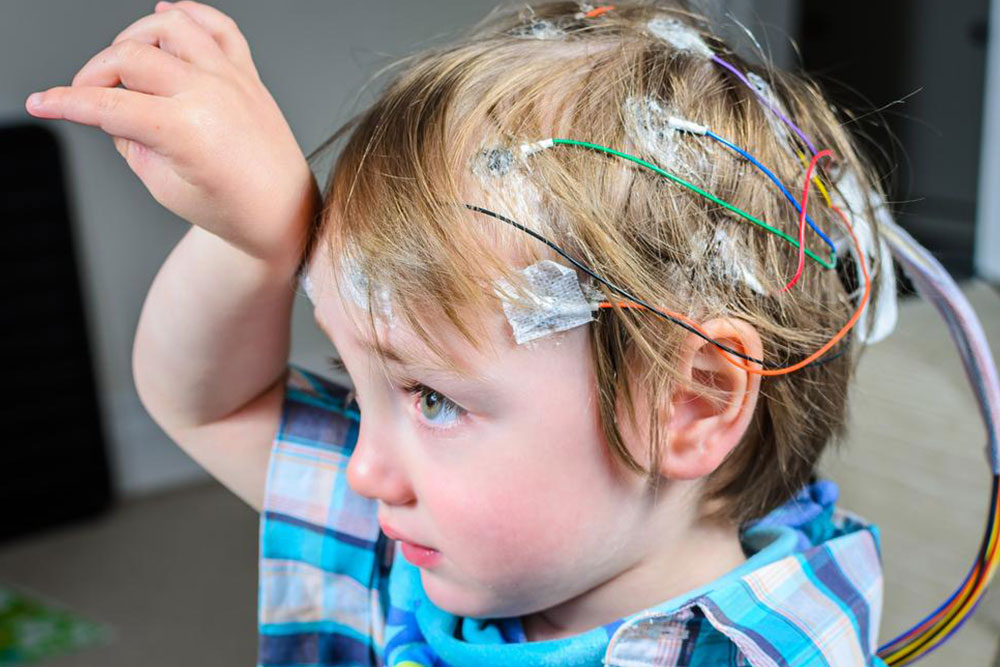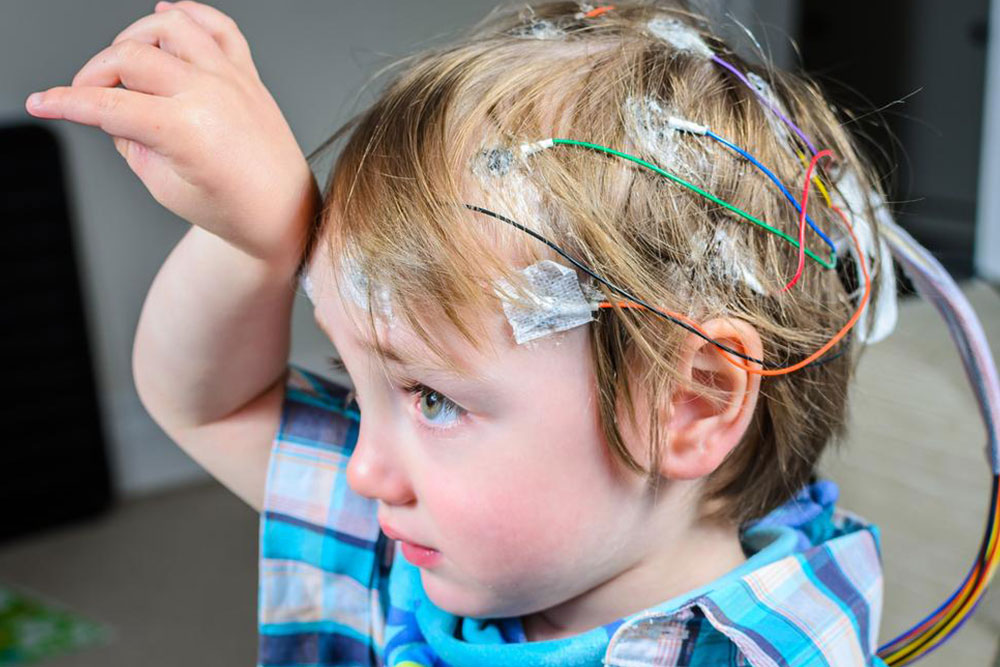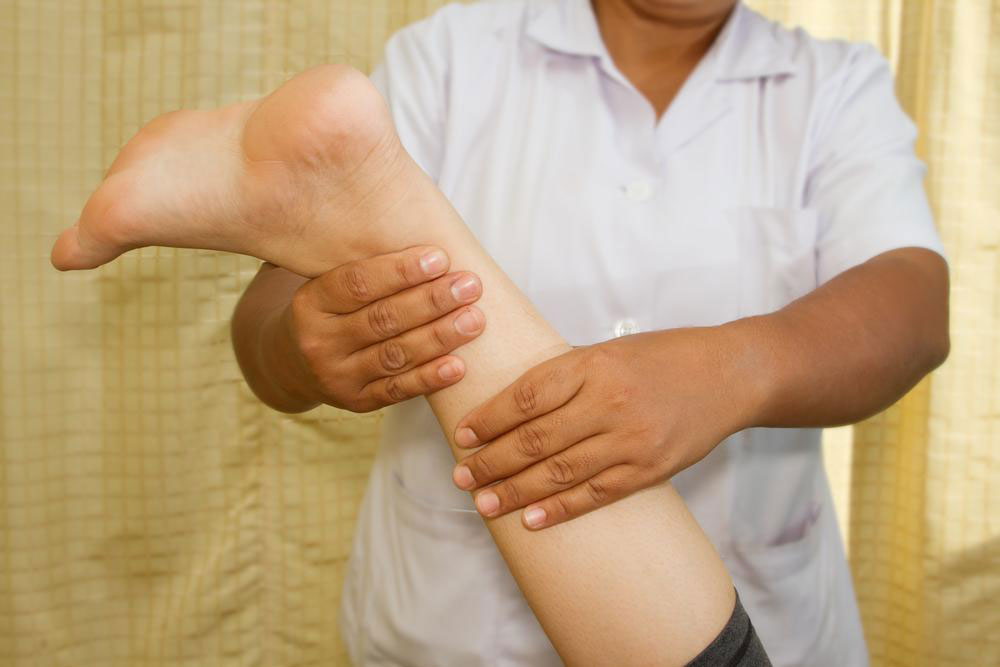Guide to Helping Someone During an Epileptic Seizure
Learn essential steps to assist someone during an epileptic seizure, including safety precautions, calming techniques, and when to seek emergency medical help. Proper response can minimize injury and provide comfort to the affected individual, ensuring their safety through supportive actions during episodes.

Guide to Supporting Someone During an Epileptic Seizure
Epilepsy can cause individuals to endure both physical and emotional distress, impacting their daily lives significantly. This neurological disorder disrupts the brain's central nervous system by misfiring nerve signals. Seizures are common symptoms, and frequent episodes can lead to feelings of depression and social withdrawal. Offering timely assistance can alleviate some of the trauma. Here are essential steps to help someone experiencing an epileptic seizure, ensuring their safety and well-being.
Remain Calm – Keeping your composure is crucial when witnessing a seizure. Though it can appear violent, most seizures are not dangerous. Panicking may hinder your ability to help and increase distress for the person. Stay calm to provide effective assistance.
Time the Seizure – Monitoring the duration of the seizure is important. If it lasts longer than a few minutes or repeats frequently, emergency services should be contacted immediately.
Clear the Area – To prevent injury, move furniture and other objects away from the person. Keep bystanders at a safe distance to avoid causing additional stress or claustrophobia.
Avoid Putting Objects in the Mouth – Do not attempt to place anything in the person's mouth. This can cause choking or injury. Let the seizure run its course without interference.
Protect from Harm – Seizures may cause involuntary movements. Gently support the person to prevent falls, guiding them to lie down safely. Avoid restraining movements while ensuring they don't hit nearby objects.
Loosen Tight Clothing – Loosening clothing around the neck and waist can help ease breathing. Afterward, help the person sit in a safe area and remain with them until they regain full consciousness.
Offer Reassurance and Assistance – Post-seizure, individuals may feel confused or embarrassed. Reassure them, and provide support until they are stable and know they are safe.









